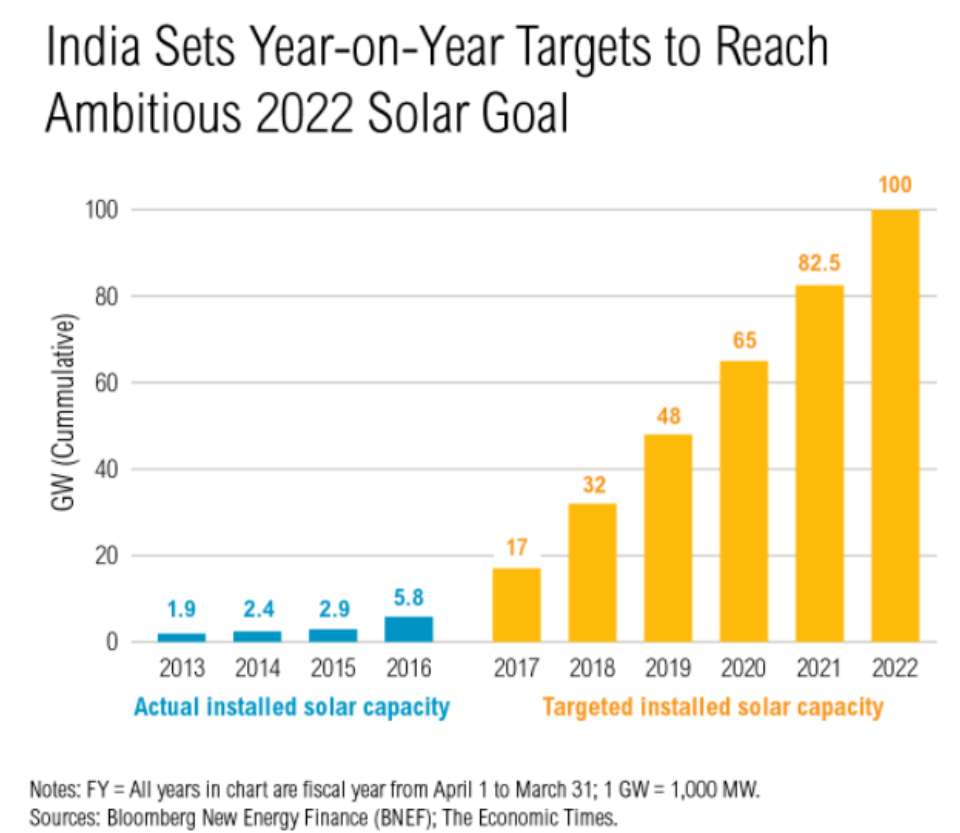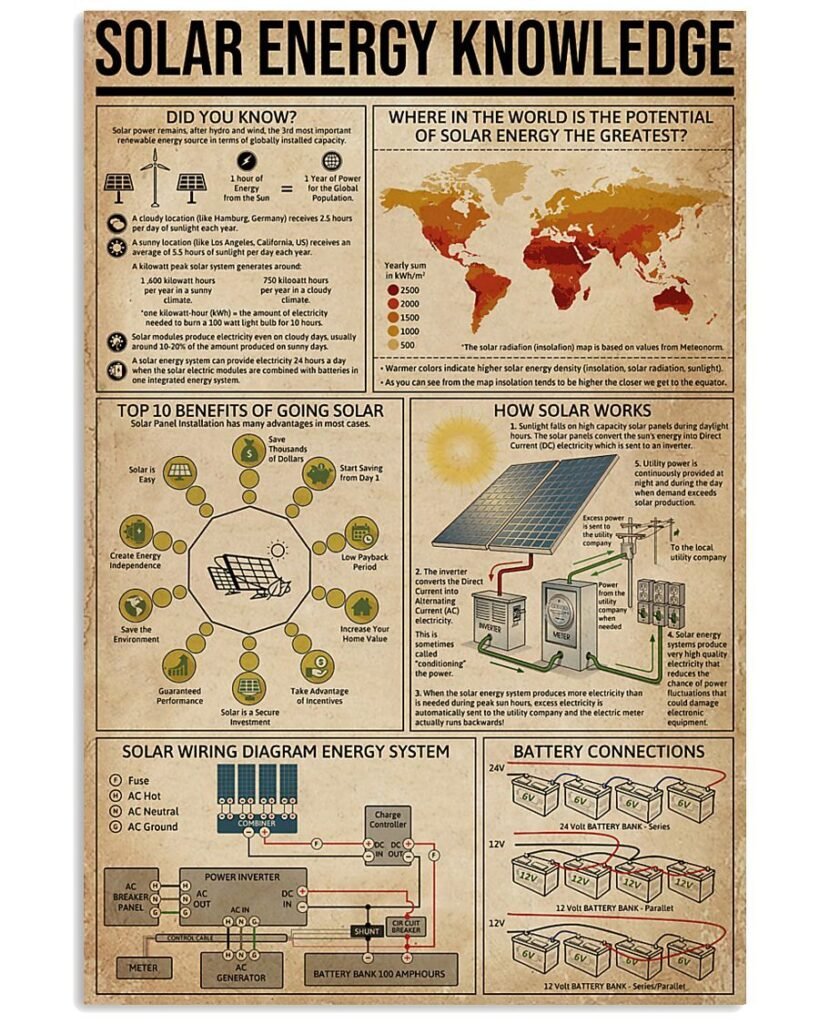
Future of Solar Energy in India
Humans harness solar energy for heating and for electricity purposes. Solar power is unlimited and does not create any pollution. Hence solar power has a bright future around the planet. Scientists have taken numerous steps so our future will be reliant on renewable sources. India has also taken many steps toward better renewable energy infrastructure. In today’s article, we will discuss the future of solar energy generation in India. We will also talk about currently available solar energy products and how they work.

Present Situation of Solar Energy Generation in India
We are very happy to tell you that presently the world’s second-largest solar power plant is situated in Tamil Naidu, India so keeping this in mind we can say that the Indian government is very committed to the renewable energy infrastructure of India. Foreign investors from Italy, Japan, Germany, the USA, etc are joining hands with the Indian government for electricity generation from renewable sources

The Indian government is providing subsidies and discounts on the purchasing of solar energy products to promote the consumption of renewable energy for our energy requirements. Further, if we check the statistical report from 2015 in India there were 118 thousand solar lightning systems across many homes. Here we are sharing the various statistics on the solar energy situation in India. These statistics are released by the official website of Make in India

- India has the third-largest installed solar capacity in the world
- More than 246,074 solar pumps had been installed in the last 7 years in India.
- A solar lantern or study lamp has been distributed to more than 74 lakh people as part of the Off-Grid and Decentralized Solar Programme; home lights have been distributed to 17 lakh people.
- In rural areas of India, more than 6.80 lakh streetlights have been installed, and more than 2.46 lakh solar PV pumps have been installed for irrigation and drinking water.
- Rooftop solar projects of 5.7 GW have already been installed and set up in India, and it is still growing.
- In Kolkata, a solar power plant with a capacity of 1.24 MWp has been installed on the roofs of two major buildings of Central Park Depot. The plant is spread over 19173 square meters of rooftop space.

Future of Solar Energy in India
As we all know that India is a developing nation India, and it is also growing in the field of better energy infrastructure. India has about 300 days of clear and sunny weather each year, which means that India’s solar energy incidence is about 5 quadrillion kilowatt-hours (kWh) per year (or 5 Wh/yr), It is estimated that the solar energy available in India in a single year exceeds the potential energy output of all the fossil fuel reserves.

- The government of India is investing a huge amount in the renewable energy sector. The primary focus of the Indian Government is on power generation from solar energy.
- According to the data from the Ministry of New and Renewable Energy (MNRE), solar power capacity has increased from 2630 MW in 2012 to 37505MW in December 2019 by over 14 times
- MNRE also stated that 36.03 GW (as of January 31, 2021) of solar power projects are under various stages of construction, and 23.87 GW of projects are in the process of being bid on.
- The Indian government has established nearly 42 solar parks to make land available to solar plant investors and developers and it is still expanding
So after analyzing these investment plans, and projects of the Indian government, we can say that the future of solar energy generation in India is very bright.

Solar Resources Available in India
There are 365 days in a year, and removing 2 months of cloudy and winter we get 300 sunny days in almost all parts of India in which the estimated amount of solar incidence on its lands is near about five thousand trillion kWh per year. When looking at the Indian Government’s investment plans in the renewable energy sector, it becomes evident that the future of solar energy in India is bright. India’s average capacity of solar power generation is more than 0.30kWh per m2 of land considered.

Due to the rising population, we are not able to meet our energy needs in the future without investing in or switching toward solar energy. The power of the sun available in 1 year is more than the energy output of all the fossil fuel reserves in India. India has forwarded the concept of “One Sun One World One Grid”. Thus by giving a conceptual idea, India is showing the whole world how much the country is serious about solar energy.

List of Solar Energy Products Available in India
India is facing many challenges such as an increase in demand for energy with an increase in population, rising oil costs, environmental pollution, etc. Thus it’s been much clearer that the only hope is to build and improve Solar energy systems. The Indian government is ensuring a systematic growth of the sector of solar energy.

Today a huge amount of solar products are available in the Indian market
- Solar Water Heater
- Solar Water Pumps
- Solar Air Conditioners
- Solar Street Lights
- Solar Inverter
- Solar LED Lights
- Solar Water heater, etc.
Conclusion
We all know that fossil fuels are going to get depleted very soon, so for our future energy needs, we need to shift to green energy sources. Thankfully India has a massive plan for solar energy generation which will surely fulfill the deficit of power generation. Within a short time span, India has become a world leader in solar energy. There is always an opportunity to change, we just have to work on it and have to put a little faith in it.
- To visit the official website of the Indian Ministry of Power- Click Here
- To visit the Ministry of New and Renewable Energy- Click Here